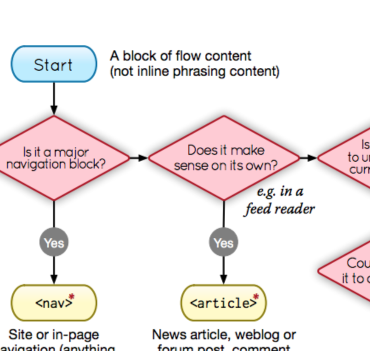
A look at the Semantic elements of HTML 5. These elements have no presentational effect, but can be important in structuring the page content in a coherent manner.

Not to be confused with HTML5 semantic elements, the Semantic UI library is a CSS framework for modern web developmeny, significantly simplifying the creation of compelling and sophisticated user experience.
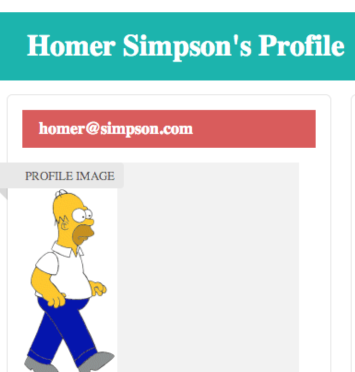
A review of User Experience of Spacebook - first in its unstyled format and then as it is has been restyled via Semantic the UI library.
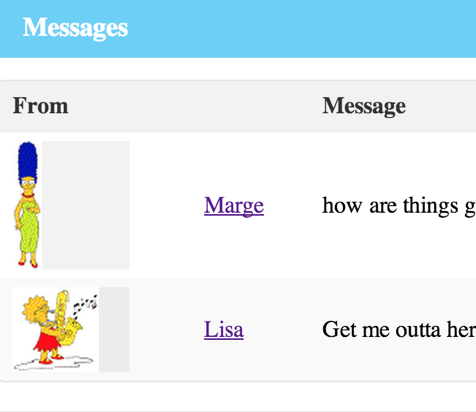
A review of the completion of the Assignment stories. In addition (in the exercisess) an exploration of a way of making simple 'components' out of the UI such that individuals views can reuse these components in different contexts.

The YAML file can be enriched to load friends/follower information in addition to basic data. However, it cannot load images - but we can do this from the bootstrap file.

TDD is an important programming technique, central to modern development. Here we introduce the main features of the technique.
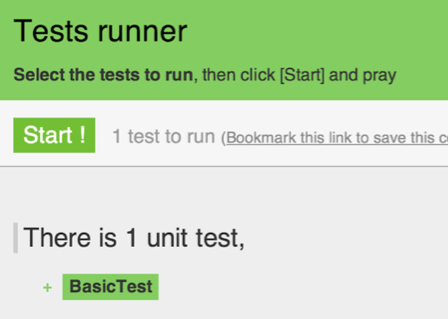
The Play framework incorporates TDD directly into its features, enabling tests to be executed against the models in an elegant and simple manner.

This is the specification for the first assignment - to be completed by March 1st. It is defined as a series 9 stories.
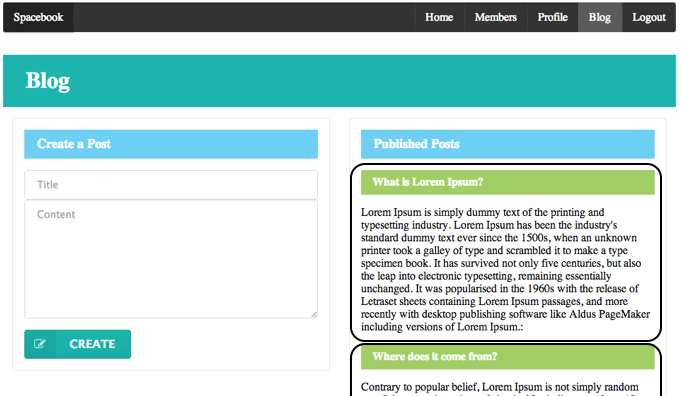
A preview of the Blog Feature - developed as part of Lab 04.

This is the specification for the first assignment - to be completed by March 1st. It is defined as a series 9 stories.
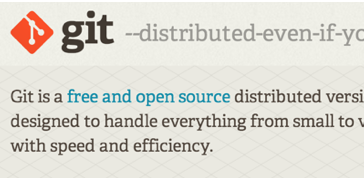
An introduction to the role of git in managing the source of a project + the main tools you will use in setting up and managing a git repository

Creating, committing and pushing/pulling to/from a remote repository is the key skill in working with git. Here we review the major aspects to this workflow, which you will explore in the lab.

Unified Modelling Language is a visual language for representing various aspects of a software solution. A very large and comprehensive language which would take considerable study to master. Here we walk though a general introduction.
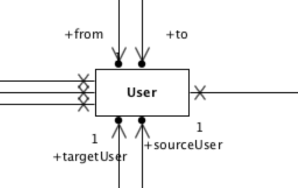
We can use UML to model out current version of Spacebook. This model will show the classes in the Model package and their relationships. We are building this model after we have already the classes, however we could have composed the model before or concurrent with the implementation of the classes.

Taking the Spacebook application we have just modelled, we explore the introduction of the Commenting feature. We use UML to represent the design of the new class and its relationship to the existing classes.
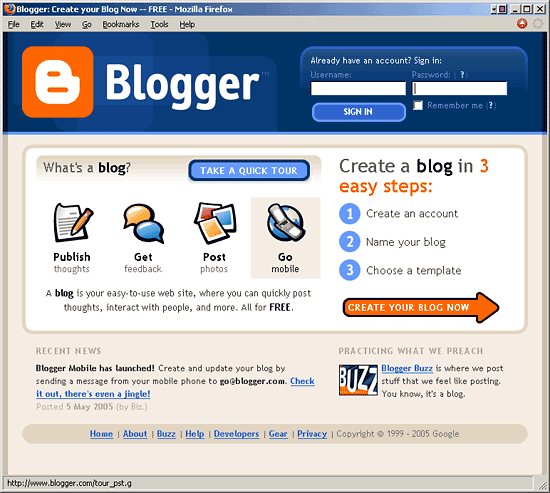
Your second assignment is to research, design and implement a general purpose blogging engine.
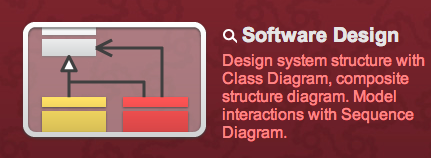
UML models can be drawn by hand, and simple graphics tool or using specialized UML packages. Visual Paradigm is one of these, and we explore it here.
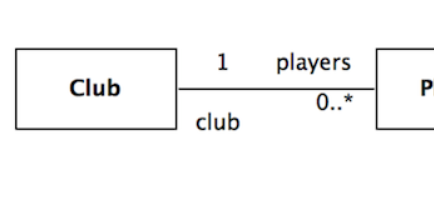
THe key to composing effective UML class diagrams is getting the relationships right. Here we review how relationships between classes are configured in Visual Paradigm

Java Persistence Architecture is the technology we have been using to realize the class relationships in a persistent manner in our application. We review here all possible relationships available in JPA.
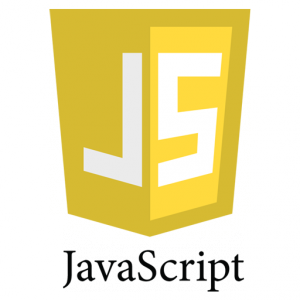
Place javascript in its proper context, and explore its relationship to the browser.
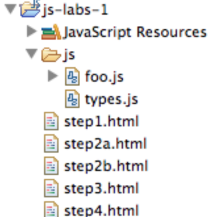
How to run a javascript programme in Eclipse and a browser. The basic types and features of the language. How to single step through a javascript programm.

Arrays and Objects are fundamentally similiar, and understanding this is one of the keys to mastering the language

What true and false mean in Javascript. The primary selection and looping constructs.
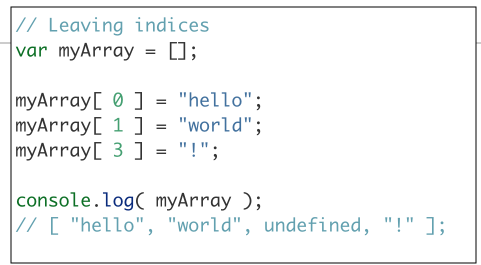
Arrays are a type of object that are ordered by the index of each item it contains.

Javascript are effectively unordered key/value pairs. The key is formally known as a property and the value can be any valid JavaScript type, even another object.
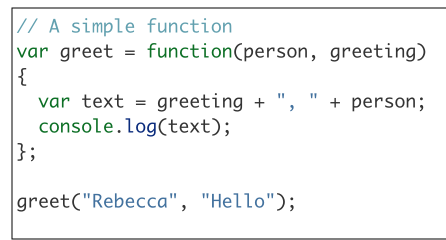
Functions contain blocks of code that need to be executed repeatedly. Functions can take zero or more arguments, and can optionally return a value.